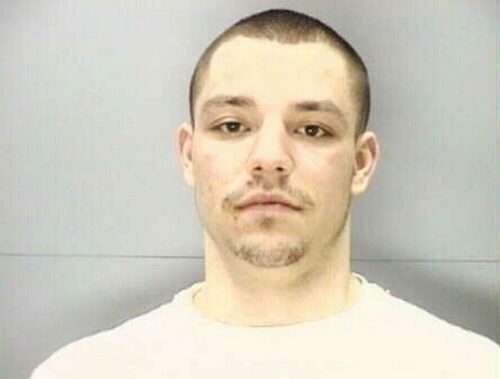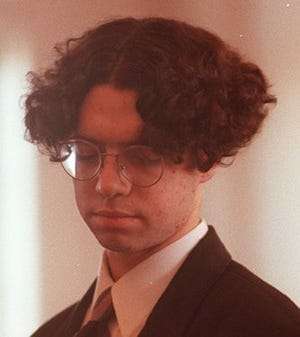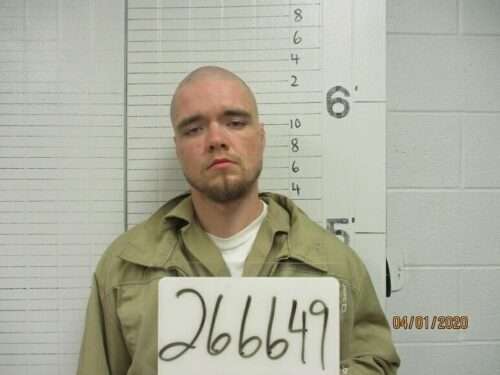Kentucky Death Row Inmate List
Kentucky Death Row Men Inmates are kept at the Kentucky State Penitentiary. The Kentucky Death Row Women Inmates are kept at the Kentucky Correctional Institute for Women. Kentucky primary method of execution is lethal injection Kentucky Death Row Inmate List – Women Virginia Caudill Kentucky Death Row Inmate List – Men Ralph Baze Ronnie Lee Bowling … Read more







